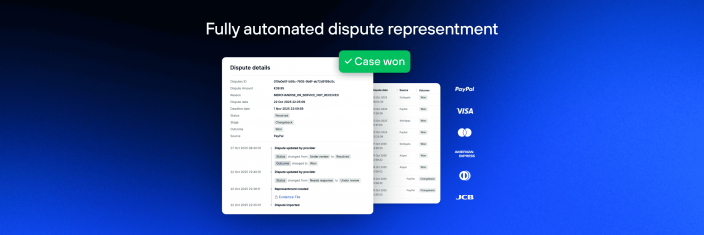Payment Capture
Payment capture represents the pivotal moment in a transaction where funds transition from a cardholder’s account to a merchant’s account, creating a legally binding transaction. This phase follows the authorization process, signifying the completion of the payment.
Any applicable fees become due at this juncture, and any pre-authorized amounts are resolved. Subsequently, once all relevant fees and charges are deducted, the remaining funds are transferred to your merchant account. You can execute this process individually, with automatic instant capture immediately following authorization, or manually as part of a batch, which will be discussed later.
Equating payment captures with transaction settlements is reasonable, as both terms denote the same step within the payment sequence. This equivalence extends to the concept of “batching,” provided that you decide to capture transactions as part of a batch.
It’s worth noting that the captured amount can occasionally be less than the initial authorized amount. This divergence arises because the ultimate cost of the transaction is not always ascertainable at the time of the authorization request, particularly in cases like hotels and gas stations. Nevertheless, after payment capture, the authorization hold will be released, and the funds in the cardholder’s account will decrease by the exact transaction amount.
Timeliness is of utmost importance when it comes to submitting your transactions for settlement. Payments left uncaptured for more than seven days may face cancellation by the cardholder’s bank, resulting in the funds being returned to the cardholder’s account.
 PayPal
PayPal Blog
Blog

